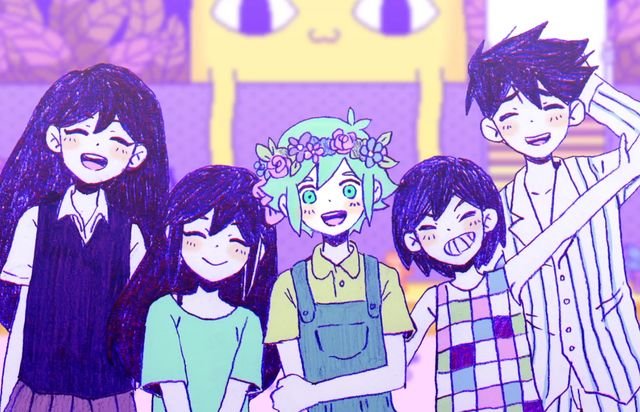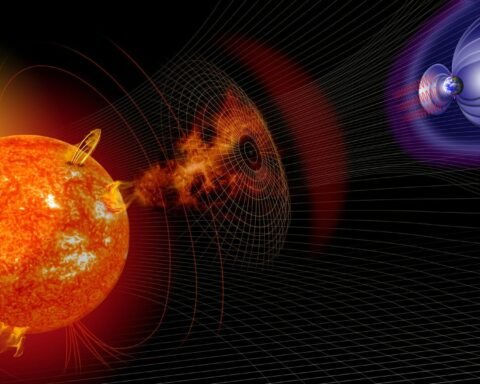Omori Emotion Chart: Navigating the Landscape of Feelings
Emotions are the intricate threads that weave the tapestry of human experience. Understanding and navigating this complex landscape is crucial for personal growth and mental well-being. One powerful tool that aids in this journey is the Omori Emotion Chart.
Introduction
In the vast realm of emotions, the Omori Emotion Chart stands out as a valuable guide. This article explores the origins, components, and practical applications of this unique chart, aiming to shed light on the intricate world of feelings.

What is the Omori Emotion Chart?
The Omori Emotion Chart, named after its creator Omocat, is a visual representation of emotions categorized into different levels. Originating from the popular indie game “Omori,” this chart has gained recognition for its simplicity and effectiveness in illustrating complex emotional states.
Components of the Emotion Chart
Understanding the chart involves grasping its components. The chart classifies emotions into distinct categories, providing a comprehensive framework for individuals to identify and comprehend their feelings accurately.
Understanding the Emotion Scale
Delving deeper, the emotion scale within the chart assigns emotions to specific levels. From positive to negative, this scale allows individuals to gauge the intensity and nature of their emotions, fostering a nuanced approach to self-awareness.
The Impact of Emotions on Mental Health
The link between emotions and mental health is profound. Recognizing and addressing emotions through the Omori chart can contribute to improved emotional well-being, making it a valuable tool for self-reflection.
Practical Applications
Beyond personal growth, the Omori Emotion Chart finds practical applications in therapy and counseling. Professionals utilize this tool to guide individuals through their emotional landscapes, fostering open communication and understanding.
Critiques and Controversies
While widely embraced, the Omori Emotion Chart is not without its critics. This section addresses common critiques and controversies, providing a balanced perspective on its limitations and strengths.
How to Use the Omori Emotion Chart Effectively
To derive maximum benefit, individuals must understand how to use the Omori Emotion Chart effectively. Practical tips and insights are shared, ensuring a seamless integration into daily life.
Real-Life Stories
Real-life anecdotes showcase the transformative power of the Omori Emotion Chart. Stories of individuals overcoming emotional challenges through the chart offer inspiration and motivation.
Comparisons with Other Emotion Models
Contrasting the Omori Emotion Chart with existing models highlights its unique features and advantages. Understanding these distinctions aids individuals in choosing the most suitable tool for their emotional exploration.
The Future of Emotion Understanding
As the field of emotion understanding evolves, the article explores potential developments and improvements in emotion charts. Emerging research and advancements hold promise for enhanced emotional intelligence.
Interactive Tools and Apps
In the digital age, interactive tools and apps based on the Omori Emotion Chart are gaining popularity. This section introduces readers to the technological enhancements that facilitate a deeper understanding of emotions.
Omori Emotion Chart in Pop Culture
The influence of the Omori Emotion Chart extends to pop culture, with references in media and entertainment. Its presence in various forms of art reflects its impact on the collective consciousness.
Incorporating the Chart into Education
Proposing the integration of the Omori Emotion Chart into education explores the potential benefits for students. Enhancing emotional intelligence from a young age can have lasting positive effects on personal development.
Conclusion
In conclusion, the Omori Emotion Chart serves as a valuable companion in the journey of self-discovery. By providing a visual framework for emotions, it empowers individuals to navigate their feelings with clarity and understanding.
FAQs
- Is the Omori Emotion Chart backed by scientific research?
- While the chart is widely used, it’s essential to note that it primarily stems from a game and may lack empirical scientific validation. However, its practical effectiveness is supported by user testimonials.
- Can the Omori Emotion Chart replace professional therapy?
- The chart is a helpful tool, but it should not substitute professional therapy when dealing with serious mental health issues. It is recommended to consult with a qualified mental health professional for personalized support.
- Are there variations of the Omori Emotion Chart?
- While the original chart is widely recognized, variations and adaptations may exist. Users are encouraged to explore different versions to find the one that resonates with them.
- How often should I use the Omori Emotion Chart?
- The frequency of use depends on individual preferences. Some may find daily reflection beneficial, while others may use it as needed during challenging emotional times.
- Is the Omori Emotion Chart suitable for children?
- The chart can be introduced to older children and teenagers to promote emotional awareness. However, age-appropriate discussions about emotions are essential.







